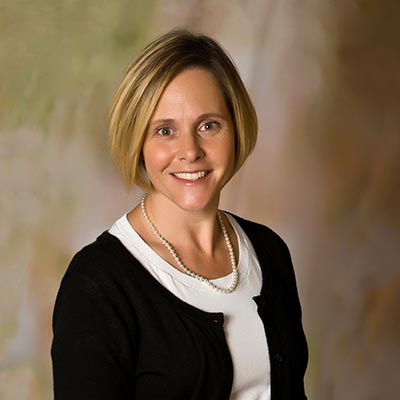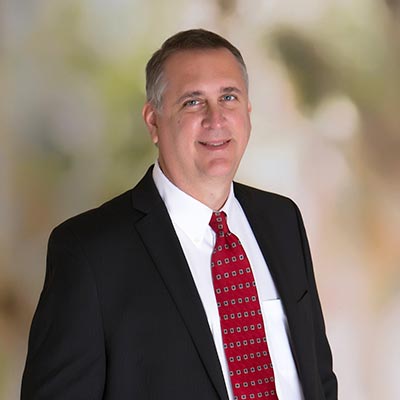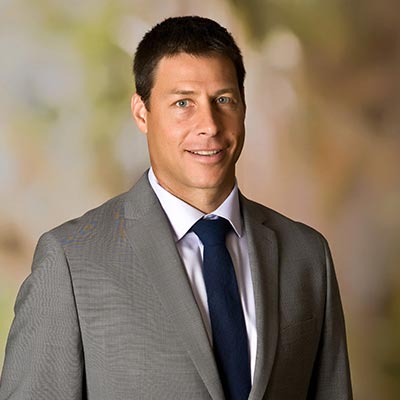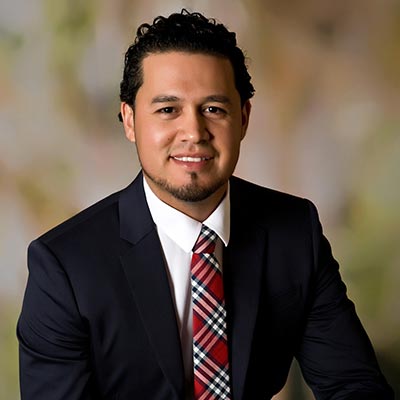 Archie T. Grant, P.E., P.S.M., the company’s second president, passed away January 12, 2017. The best way we believe we can honor him is to pay tribute in recognizing the legacy he left behind and the impact he made on each of us and Johnson Engineering.
Archie T. Grant, P.E., P.S.M., the company’s second president, passed away January 12, 2017. The best way we believe we can honor him is to pay tribute in recognizing the legacy he left behind and the impact he made on each of us and Johnson Engineering.
Without Archie Grant, there would be no Johnson Engineering today. In 1968, illness forced company founder Carl Johnson to seek a successor for the company. Finding someone with the same sense for quality, integrity, and business was needed for the company to survive. The man who answered the call was Archie Grant, a Forest Engineer with the U.S. Forest Service. Archie met with Carl and reached an agreement to buy the company. Archie packed up his wife and three children and moved to Fort Myers.
As the new president, Archie was presented with a challenge, as he found that one of Carl’s best traits, his dedication and reputation, was also a financial detriment as Carl would often finish projects on his word even if underbid. Archie wanted the same principles of dedication, reputation, persistence, and pride to continue to be the company’s cornerstones, while establishing company security. He initially established three primary objectives to help achieve this goal: 1) Obtain financial stability, 2) Secure a responsible vice president, and 3) Establish new and improved office facilities.
Establishing financial stability was objective number one. Archie worked tirelessly to get things back in order and the company’s financial future quickly began to look brighter.
Archie’s second strategy to secure a capable vice president brought Forrest Banks to the team. Having worked together previously at the U.S. Forest Service, Archie knew Forrest would be a valuable asset to the team as he was highly intelligent and a great public speaker.
s the company began to grow, the third objective was achieved in 1972 as the team was now ready to move to a new larger location less than a mile away on Johnson Street. Oddly enough, the name Johnson Street was a mere coincidence, but added a nice touch to the location. Wanting to stay in the heart of Fort Myers, the company bought a group of old buildings, one being an old dilapidated motel called The Town House. The site where those old buildings once stood is still home to our corporate office more than four decades later.
Archie’s vision and the strong team supporting him provided the stability the company needed, yet he always looked for that unique niche they could fill. His adventurous mind knew that if you learn something that no one else knows, you make yourself the expert and the go-to firm. Archie decided this niche would be surface water levels and information. Archie knew if he followed all the rainfall events and cataloged them he would have something no one else had. For years if it rained 2” he was out taking pictures and making measurements, often times in the middle of the night. If it was really wet he would fly all day taking aerial camera shots. With that information we could design drainage systems for anything and our clients knew it would work. Thus began Johnson Engineering’s Water Resources department. Archie’s dedication to recording rain events, tracking how many inches it rained, where the water flowed, making observations, taking pictures, etc. gave our company immeasurable amounts of data that no one else had. In 1978, Andy Tilton joined the team and worked closely with Archie who sent him crawling through storm drains to observe and record water flow patterns throughout Southwest Florida. With Archie as his mentor, Andy got a head start and was instrumental in pioneering the company’s water management database system which contains five decades of water resources data.
In 1979, Archie turned the helm over to Forrest Banks, yet remained on the Board of Directors and concentrated on water resources projects. Not many companies have the privilege of such invaluable historical resources available to their employees. Although officially retiring in 2001, Archie would frequent the office to work on projects, enjoying them even more because he could hand pick the ones he wanted to work on. For the company’s engineers, Archie was an invaluable resource who knew first-hand the water flow of any area you’d ask him about. He’s the one who took the pictures and helped develop the water management plans in our file libraries. With nearly a half century of Southwest Florida water and Johnson Engineering coursing through his veins, Archie Grant was a man who truly valued hard work and led by example. He treasured this company and was proud of what it became.
As we say farewell, we remember this great man who left a huge impact in our hearts and in this company. We will do our part to continue the legacy he entrusted to the future generations of our company as we move forward into new specialties, niches, and fields of study, while keeping our dedication, integrity, pride, and reputation.
































































